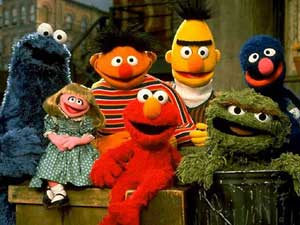Yesterday, less than two weeks before the nation's TV stations were to make the switch from analog to digital-only signal transmission, Congress voted to delay the transition date, from Feb. 17 to June 12. If President Barack Obama signs the bill as expected, it's the over-the-air equivalent of a temporary stay of execution.
But boy, what a botched hand-off this has turned out to be...
A year ago, when the mid-February target was settled upon, the A.C. Nielsen ratings company announced that it was so concerned about the confusion it was cause, in the middle of the February sweeps month, that for 2009 it would move the sweeps to March. It did. It has. Since this is one of the key audience measurements of the year, helping local stations set advertising rates for the following quarter, this is no small shift.

But now that the transition isn't happening, the networks' February programming -- including such stunts as the multiple guest appearances by Jon Hamm of Mad Men on 30 Rock -- is being discounted, as in not counted, for no good reason.
Also, since every one of the public service announcements tied to the transition mention the Feb. 17 date specifically, another round of TV spots have to be produced. That means more money, spent by a government that doesn't have any.
The government-supplied coupons, giving consumers free vouchers to use towards purchase of the analog-to-digital converter boxes, have been another botched campaign. Most people haven't requested them. Of those who have, many have sat on them so long without redeeming them that they've expired (the coupons, not the consumers).
And since the government program has run out of funds, it can't replace the distributed coupons, for now, until they expire. In short, it's a mess. Especially since some station owners have announced their intention to go ahead with the conversion as scheduled in mid-February, regardless of the government extension.

The real mess, though, is the hidden inequity in all this. Whenever the transition takes place, and old TVs no longer will be able to pluck analog broadcast signals from the public air waves, an estimated 10 million people will lose touch with broadcast TV entirely. These are the homes without cable or satellite, the homes most likely to be on the poor end of the household income scale -- and, thus, the homes that need free access to shows like Sesame Street the most.
So who's benefiting from this switch? Follow the money. Some of the frequencies freed up by this switch will be sold by the government to the highest bidder, to wireless services and others interested in buying what, for most of a century, has been ours, and has been free.